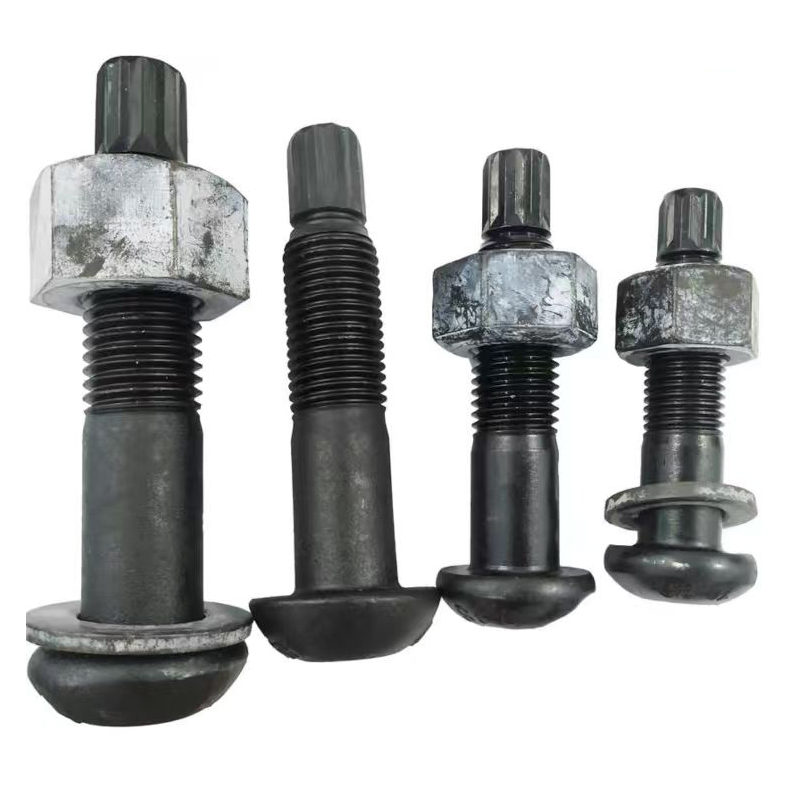- Chinese
- French
- German
- Portuguese
- Spanish
- Russian
- Japanese
- Korean
- Arabic
- Irish
- Greek
- Turkish
- Italian
- Danish
- Romanian
- Indonesian
- Czech
- Afrikaans
- Swedish
- Polish
- Basque
- Catalan
- Esperanto
- Hindi
- Lao
- Albanian
- Amharic
- Armenian
- Azerbaijani
- Belarusian
- Bengali
- Bosnian
- Bulgarian
- Cebuano
- Chichewa
- Corsican
- Croatian
- Dutch
- Estonian
- Filipino
- Finnish
- Frisian
- Galician
- Georgian
- Gujarati
- Haitian
- Hausa
- Hawaiian
- Hebrew
- Hmong
- Hungarian
- Icelandic
- Igbo
- Javanese
- Kannada
- Kazakh
- Khmer
- Kurdish
- Kyrgyz
- Latin
- Latvian
- Lithuanian
- Luxembou..
- Macedonian
- Malagasy
- Malay
- Malayalam
- Maltese
- Maori
- Marathi
- Mongolian
- Burmese
- Nepali
- Norwegian
- Pashto
- Persian
- Punjabi
- Serbian
- Sesotho
- Sinhala
- Slovak
- Slovenian
- Somali
- Samoan
- Scots Gaelic
- Shona
- Sindhi
- Sundanese
- Swahili
- Tajik
- Tamil
- Telugu
- Thai
- Ukrainian
- Urdu
- Uzbek
- Vietnamese
- Welsh
- Xhosa
- Yiddish
- Yoruba
- Zulu
- Kinyarwanda
- Tatar
- Oriya
- Turkmen
- Uyghur

China Expansion hook
Understanding China Expansion Hooks: Insights from the Field
In the ever-evolving landscape of global trade and production, China consistently stands out as a pivotal point for manufacturing and economic expansion. Talking about the concept of a China Expansion hook usually leads one to think about leveraging China's manufacturing prowess and infrastructure. Misunderstandings abound, from oversimplifying logistical ease to underestimating market complexity. Let me share some grounded insights into this.
The Landscape of Chinese Manufacturing
China's manufacturing sector is nothing short of legendary. Take for instance, the remarkable base in Handan City, Hebei Province, where Handan Zitai Fastener Manufacturing Co., Ltd. operates. Situated in the Yongnian District, it's snugly adjacent to major transportation avenues like the Beijing-Guangzhou Railway. This means easy access to both national and international markets—a potential China Expansion hook many find appealing.
When considering expansion through manufacturing bases like this, the critical factors to understand include workforce dynamics and supply chain logistics. The area itself being the largest standard part production base in China talks volumes about its industrial density and expertise.
However, merely setting up a base or partnering with a local firm isn't the end-all. Each venture must adapt to regional industrial policies that frequently shift. The government's role in infrastructural support may mean opportunities, but also challenges as new regulations come into play seemingly overnight.
Logistics and Infrastructure: The Hidden Challenges
No discussion around a China Expansion hook is complete without touching upon logistics. Handan Zitai Fastener Manufacturing Co., Ltd. benefits from its proximity to the Beijing-Shenzhen Expressway and National Highway 107, dramatically influencing delivery times and operational costs.
Yet, practical logistics also extend beyond geography. Customs regulations, import-export duties, and quarantine procedures may significantly impact an expansion strategy. It’s common to underestimate these logistical hurdles, which can lead to a steep, unexpected learning curve.
While many tout China's infrastructure as a foolproof system, there's a need to look deeper into local transportation intricacies. Ensuring that the raw materials are consistently delivered without delay is just one piece of a much larger puzzle.
Cultural Nuances in Business Operations
Another vital aspect of a successful China Expansion hook involves understanding cultural nuances. Business practices in China can differ markedly from Western models. Relationship-building, or 'guanxi,' can make or break deals. This is where firsthand experience really makes a difference.
Take meeting etiquette, for instance. What might seem like a straightforward procedure could involve layers of contextual expectations that impact negotiations. Recognizing these and adapting accordingly can improve business efficacy significantly.
Moreover, Chinese business culture tends to favor long-term collaborations over short-term gains. This requires a vision that aligns with local perspectives and establishes trust—a fundamental pillar that holds partnerships together sustainably.
Insights from Practical Failures
Failures, too, teach invaluable lessons. For many firms, initial attempts at tapping into the China Expansion hook don't pan out as envisioned. They stumble on aspects like misaligned expectations and unforeseen fiscal responsibilities.
For instance, a renowned company once struggled with acquiring licenses due to underestimated regulatory demands. They eventually succeeded, but this underscored the necessity of a well-rounded legal team familiar with local protocols.
These experiences demonstrate that it's crucial not only to be adaptable but to possess a nuanced understanding of multiple operational aspects, each demanding precise execution.
Navigating Market Opportunities
Finally, understanding the market opportunities is essential. Handan Zitai Fastener Manufacturing Co., Ltd., through its website https://www.zitaifasteners.com, displays its capacity to engage with a broad range of sectors—from construction to consumer goods. Identifying where your business fits within this spectrum can be both challenging and rewarding.
The key lies in pinpointing growing sectors and aligning them with your unique value proposition. While trends can guide, deeper market surveys and direct insights are indispensable.
Indeed, venturing into China with an expansion mindset requires more than leveraging existing infrastructural strengths. It demands precise navigation through regulatory landscapes, cultural intricacies, and evolving market demands—a journey offering rich prospects for those willing to delve into its complexities.
Related products
Related products
Best selling products
Best selling products-
 Colored zinc-plated expansion bolts
Colored zinc-plated expansion bolts -
 Colored zinc-plated expansion hook
Colored zinc-plated expansion hook -
 Colored zinc plated countersunk cross bolts
Colored zinc plated countersunk cross bolts -
 Black zinc flange bolts
Black zinc flange bolts -
 10.9S Torsion Shear Bolts
10.9S Torsion Shear Bolts -
 Colored zinc-plated pins
Colored zinc-plated pins -
 Carriage bolt (half-round head square neck bolt)
Carriage bolt (half-round head square neck bolt) -
 Hot-dip galvanized embedded plate
Hot-dip galvanized embedded plate -
 Black zinc-plated hexagonal drill tail wire
Black zinc-plated hexagonal drill tail wire -
 Welding nails
Welding nails -
 Electrogalvanized nuts
Electrogalvanized nuts -
 Colored zinc-plated nuts
Colored zinc-plated nuts












